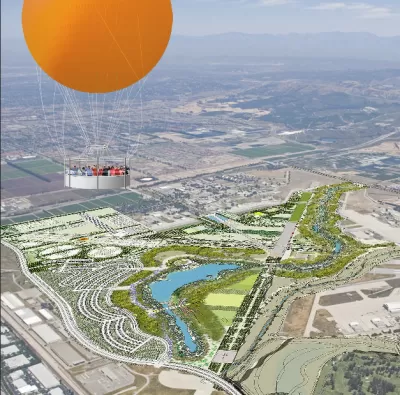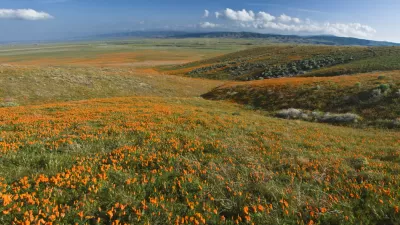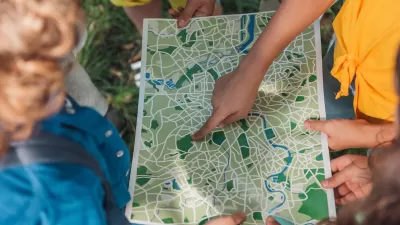With constrained budgets, a geographic information system (GIS) may seem like a luxury for parks agencies. But to perform data-driven planning and advance park equity, GIS is an indispensable tool.

This pandemic has put a spotlight on parks and our need for them for our health and well-being. It has also made clear that not neighborhoods are created equal and that some are severely lacking in parks and recreational facilities where residents can exercise and relax.
To address inequities in the distribution of parks and the funding needed to develop, operate, and maintain them, parks agencies are increasingly turning to GIS to help with planning, resource allocation, and decision-making. In this article, Los Angeles County planner Clement Lau explains how the Department of Parks and Recreation (DPR) has been using GIS. Specifically, he discusses the 2016 Los Angeles Countywide Parks Needs Assessment which was a historic and significant undertaking to engage cities and unincorporated communities within the county in a collaborative process to gather data and input to address data gaps and guide future decision-making on parks.
The Parks Needs Assessment was equity-focused and identified the communities with very high or high park need using GIS and the vast amount of data and public input collected through the process. Lau also shares that DPR has developed an internal user-friendly, web-based mapping and analysis tool called the Park Planning Viewer, which "effectively democratized GIS at DPR, enabling any staff to visualize and analyze parks data in relation to other layers of information, such as income, race/ethnicity, and various healthy indicators, and quickly prepare maps at their own computers." This tool is cost-effective because it saves DPR from having to buy individual GIS software licenses for all staff, and encourages all to think spatially, analytically, and comprehensively by having easy access to a variety of data.
The article demonstrates the increasing value of GIS as a planning tool and the importance of data to make informed decisions. As Lau explains, "Our ultimate goal is not only to produce pretty maps, it is about providing sound analysis that facilitates informed park planning, decision-making and resource allocation that benefit the communities we serve."
FULL STORY: Data-driven park planning: We all need green spaces to thrive. Data can make that happen

Alabama: Trump Terminates Settlements for Black Communities Harmed By Raw Sewage
Trump deemed the landmark civil rights agreement “illegal DEI and environmental justice policy.”

Planetizen Federal Action Tracker
A weekly monitor of how Trump’s orders and actions are impacting planners and planning in America.

The 120 Year Old Tiny Home Villages That Sheltered San Francisco’s Earthquake Refugees
More than a century ago, San Francisco mobilized to house thousands of residents displaced by the 1906 earthquake. Could their strategy offer a model for the present?

In Both Crashes and Crime, Public Transportation is Far Safer than Driving
Contrary to popular assumptions, public transportation has far lower crash and crime rates than automobile travel. For safer communities, improve and encourage transit travel.

Report: Zoning Reforms Should Complement Nashville’s Ambitious Transit Plan
Without reform, restrictive zoning codes will limit the impact of the city’s planned transit expansion and could exclude some of the residents who depend on transit the most.

Judge Orders Release of Frozen IRA, IIJA Funding
The decision is a victory for environmental groups who charged that freezing funds for critical infrastructure and disaster response programs caused “real and irreparable harm” to communities.
Urban Design for Planners 1: Software Tools
This six-course series explores essential urban design concepts using open source software and equips planners with the tools they need to participate fully in the urban design process.
Planning for Universal Design
Learn the tools for implementing Universal Design in planning regulations.
Clanton & Associates, Inc.
Jessamine County Fiscal Court
Institute for Housing and Urban Development Studies (IHS)
City of Grandview
Harvard GSD Executive Education
Toledo-Lucas County Plan Commissions
Salt Lake City
NYU Wagner Graduate School of Public Service





























